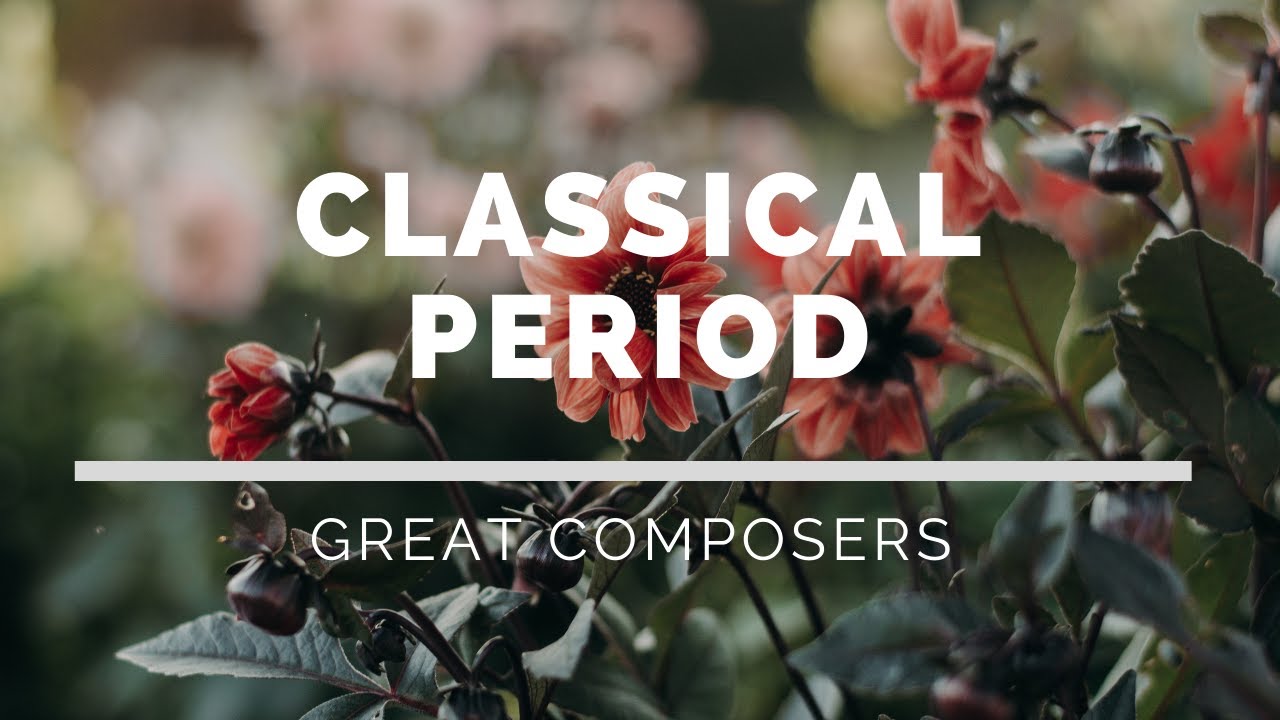
Great Composers of the Classical Period – Classical Music
The Classical period was an era of classical music between roughly 1730 and 1820.[1] The Classical period falls between the Baroque and the Romantic periods. Classical[…]

Baroque Music Collection – Relaxing Music
Baroque music (US: /bəˈroʊk/ or UK: /bəˈrɒk/) is a period or style of Western art music composed from approximately 1600 to 1750.[1] This era followed[…]

Mozart – Symphony No. 33 in B flat major K 319
Wolfgang Amadeus Mozart – Symphony No. 33 in B flat major K 319 The Symphony No. 33 in B♭ major, K. 319, was written by Wolfgang[…]

Moritz Moszkowski – Piano Concerto in E major Op. 59
Moritz Moszkowski Piano Concerto in E major Op. 59 For more: http://www.melhoresmusicasclassicas.blogspot.com

Schubert – Symphony No. 5
Franz Schubert – Symphony No. 5 Franz Schubert’s Symphony No. 5 in B♭ major, D. 485, was written mainly in September 1816 and completed on October[…]

Gioacchino Rossini – La gazza ladra (Overture)
Gioacchino Rossini – La gazza ladra (Overture) La gazza ladra (The Thieving Magpie) is a melodramma or opera semiseria in two acts by Gioachino Rossini, with[…]

Engelbert Humperdinck – Hänsel und Gretel (Overture)
Engelbert Humperdinck For more: http://www.melhoresmusicasclassicas.blogspot.com
Mozart – The Magic Flute (Overture)
Wolfgang Amadeus Mozart – The Magic Flute (Overture) The Magic Flute (German), K. 620, is an opera in two acts by Wolfgang Amadeus Mozart to a[…]

Mozart – Alleluia
Wolfgang Amadeus Mozart – Alleluia Wolfgang Amadeus Mozart (27 January 1756 – 5 December 1791), baptised as Johannes Chrysostomus Wolfgangus Theophilus Mozart, was a prolific and[…]

John Goss – Praise My Soul the King of Heaven
John Goss – Praise My Soul the King of Heaven Praise, My Soul, the King of Heaven is a Christian hymn. Its text, which draws from[…]